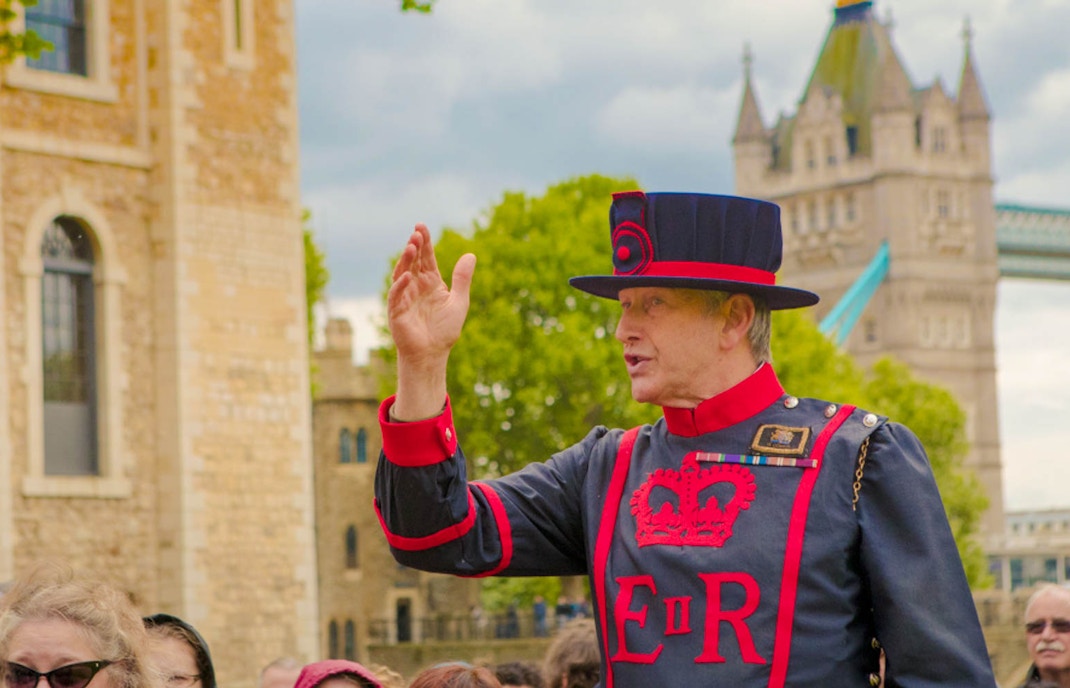The Tower of London was originally built to defend against Viking invasions! In 1078, William the Conqueror constructed the White Tower as a fortress, creating a stronghold to protect the city from potential Viking attacks. Its history of defense makes it a captivating landmark today.
10 Tower of London facts

The Tower of London was built to defend against Viking invasions
About the Tower of London
The Tower was briefly used as a prison
About the prison
The Tower also housed an exotic zoo
The Tower's history
Most of England’s coins were made at the Tower of London

The Tower has a hidden tunnel system

The Ceremony of the Keys is the Tower’s oldest surviving military ritual

Ravens guard the Tower of London

Ghosts are seen at the Tower of London

There’s more to the Yeomen Warders

